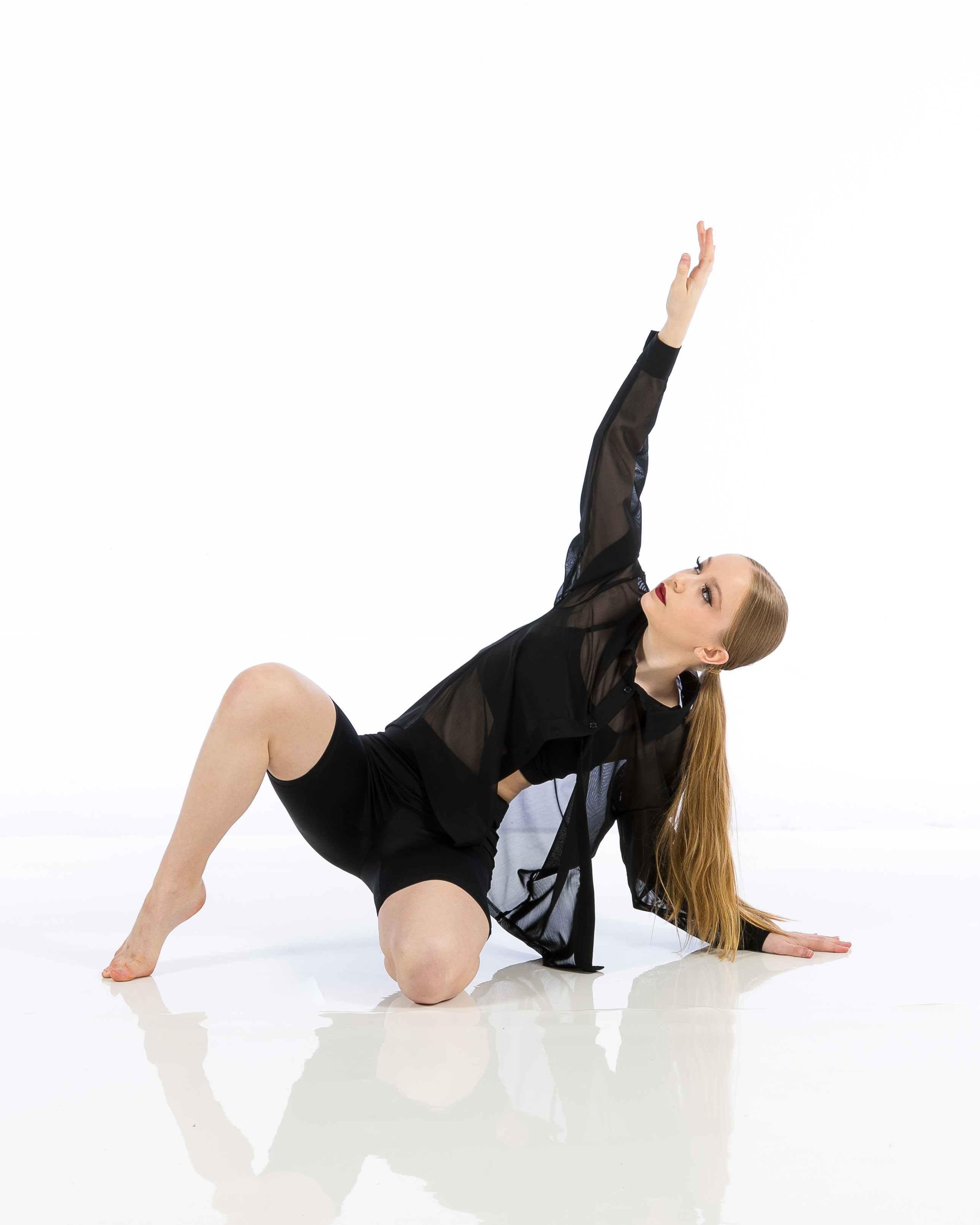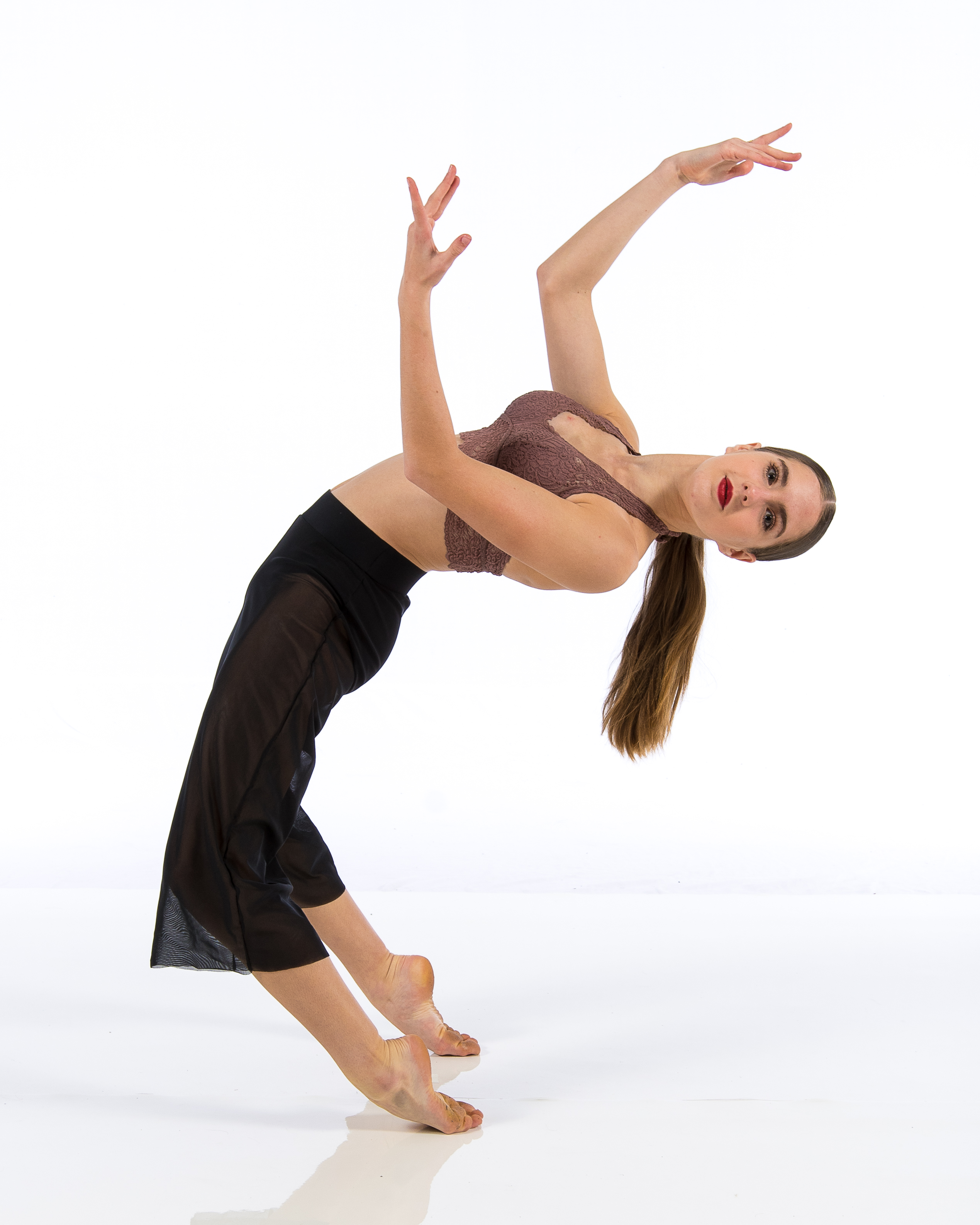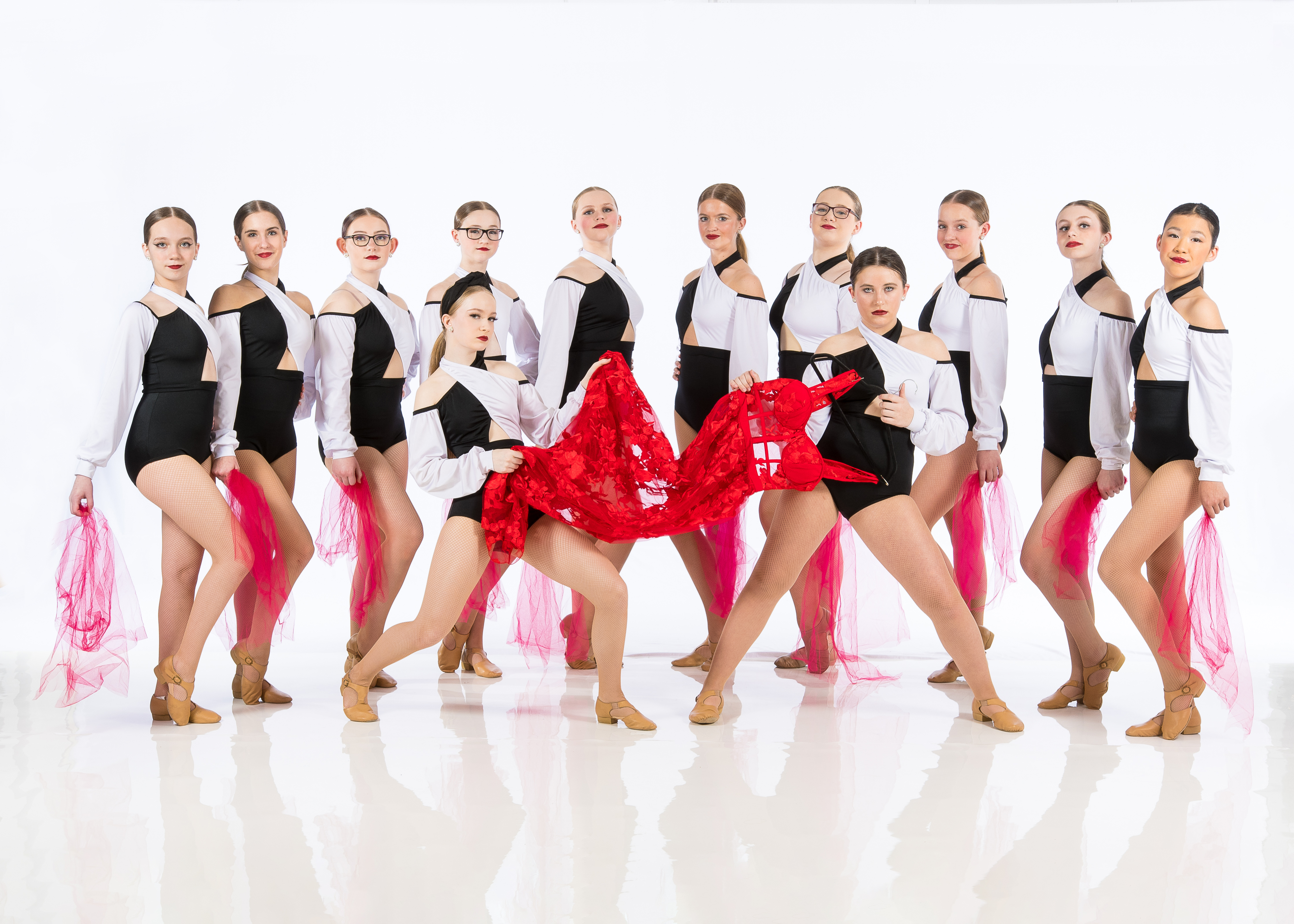Introduction
In today’s fast-paced world, dance has emerged as a powerful form of self-expression, physical fitness, and community engagement. However, for aspiring dancers, the journey to mastering their craft can be daunting. This is where local dance studios step in, serving not just as training grounds but as nurturing environments that foster talent and creativity. Nurturing Talents: How Local Studios Support Aspiring Dancers delves deep into the myriad ways these studios play a pivotal role in shaping the future of dance.
Dance Studio: A Foundation for Growth

What is a Dance Studio?
A dance studio is more than just a space with mirrors and wooden floors; it’s a sanctuary for artists seeking to hone their skills. These studios often offer various styles—ballet, hip-hop, contemporary, jazz—and cater to all ages and skill levels.
The Importance of Local Dance Studios
Why are local dance studios crucial? They provide accessibility to quality education and mentorship that might not be available otherwise. Unlike larger institutions or online platforms, local studios create personal connections that are essential for growth.
Nurturing Talents: How Local Studios Support Aspiring Dancers
Personalized Instruction
In a local dance studio, students receive individualized attention from instructors who understand their unique strengths and weaknesses. This tailored approach ensures that dancers can progress at their own pace.

Benefits of One-on-One Coaching
- Customized Training Plans: Instructors can create tailored lesson plans based on individual goals. Immediate Feedback: Dancers receive real-time critiques to improve their skills effectively. Stronger Relationships: Personalized instruction fosters trust between the dancer and instructor.
Community Building
Local studios serve as hubs where dancers can meet like-minded individuals.
Building Lasting Friendships
- Teamwork Opportunities: Group classes encourage collaboration among peers. Support Systems: Fellow dancers often become lifelong friends who provide emotional support.
Exposure to Different Dance Styles
Diversity is key in any art form. Local studios typically offer classes in various styles, allowing dancers to explore multiple disciplines.
Why Explore Various Styles?
- Versatility: Learning different styles enhances adaptability. Creativity Boost: Exposure to new movements sparks creativity. Career Opportunities: Understanding diverse techniques opens doors in the professional world.
The Role of Experienced Instructors

Highly Trained Professionals
Local studios often employ seasoned instructors who bring years of experience and knowledge.
Benefits of Learning from Experts
- Professional Insights: Instructors share invaluable industry knowledge. Networking Opportunities: Students may gain connections that benefit them professionally.
Mentorship Programs
Many local dance studio studios have mentorship programs where advanced students guide beginners.
Advantages of Mentorship
- Skill Development: Advanced students reinforce their learning by teaching others. Community Spirit: Mentorship fosters a supportive environment.
Performance Opportunities
Recitals and Showcases
One significant advantage of joining a local dance studio is the chance to perform regularly.
Importance of Performance Experience
- Confidence Building: Performing before an audience helps build self-esteem. Real-world Experience: Students learn how to handle performance anxiety and stage presence.
Competitions and Festivals
Local schools often participate in competitions where dancers can showcase their skills against others.
Why Compete?
- Skill Assessment: Competitions provide benchmarks for personal growth. Recognition: Awards can lead to scholarships or job opportunities in dance companies.
Creating a Safe Space for Expression
Emotional Well-being
Dance is not just about physical movement; it’s also about emotional expression. Local studios often prioritize creating safe spaces where dancers feel comfortable expressing themselves without fear of judgment.
Mental Health Benefits
- Stress Relief: Physical activity releases endorphins which improve mood. Emotional Release: Dance provides an outlet for emotions that might otherwise go unexpressed.
Accessibility and Affordability
Financial Considerations
Many aspiring dancers face financial constraints when pursuing their passion. Local studios often offer competitive pricing compared to larger institutions or private lessons.
Scholarships and Financial Aid
- Many studios have scholarship programs or sliding scale fees based on income.
Inclusive Programs
Dance should be accessible to everyone regardless of background or ability. Many local studios are committed to inclusivity by offering classes for individuals with disabilities or special needs.
The Influence of Technology on Dance Education
Online Classes
In response to recent global challenges, many local dance studios have embraced technology by offering online classes alongside traditional in-person instruction. This flexibility allows aspiring dancers greater access to quality education.
Benefits of Hybrid Learning
- Flexibility: Students can choose between attending classes online or in-person based on personal schedules.
Social Media Platforms
Social media plays an increasingly important role in promoting local dance studios and connecting them with aspiring talent globally. Studios use platforms like Instagram and TikTok to showcase routines, tutorials, and success stories from current students.
Cultivating Lifelong Passion for Dance
Building Discipline Through Dance
Local dance studios instill discipline in students through structured training schedules. Over time, this discipline translates into other areas of life—academic performance improves as focus increases!
Life Lessons from Dance
Time Management– Balancing rehearsals with schoolwork teaches prioritization. Resilience– Overcoming challenges lays foundations for tackling life's hurdles head-on!FAQs About Local Dance Studios
What age should my child start dancing?- Most children begin around age 3-5; however, it's never too late!
- Generally no! Many classes welcome beginners regardless of prior experience!
- Look for studios specializing in competition teams; they will usually offer additional training opportunities!
- Absolutely! Many local studios cater specifically towards adult learners across various skill levels!
How do I choose the right dance studio? – Consider factors such as location, style offerings & instructor qualifications when making your decision!
What should I wear for my first class? – Check with your chosen studio; generally comfortable clothing & proper footwear are recommended!
Conclusion
In summary, local dance studios are invaluable resources for anyone looking to dive into the world of movement artistry—from novices testing their first plié to seasoned performers refining intricate choreography! With personalized instruction rooted deeply within passionate communities dedicated solely towards cultivating talent amongst aspiring dancers everywhere—it's clear why these spaces hold such significance! As we continue exploring avenues fostering artistic development across our communities—let's remember: nurturing talents isn’t merely about perfecting steps but building confidence while forging connections along this beautiful journey together!